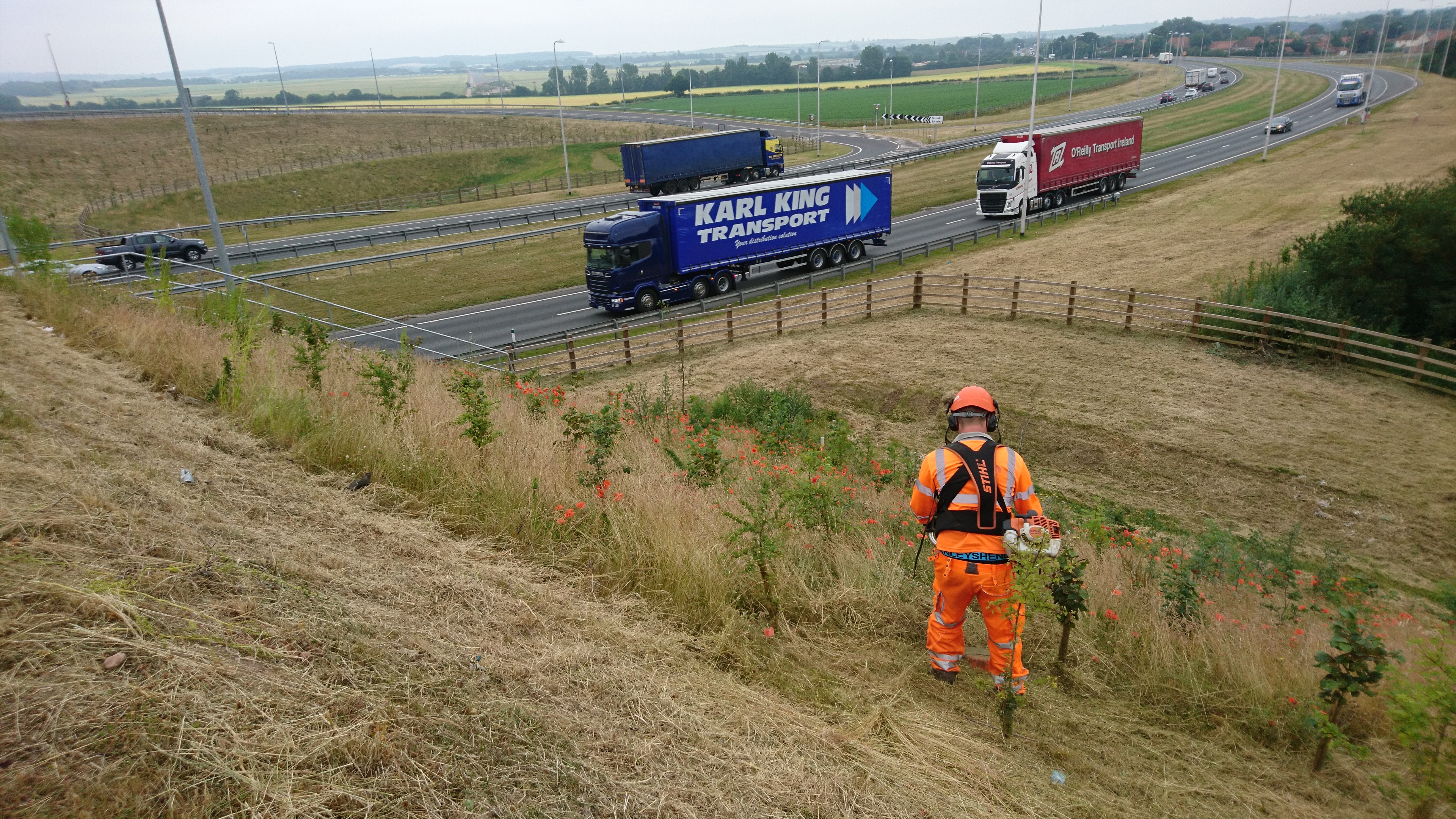In an era where urbanisation is rapidly changing the natural landscape, the importance of wildlife-friendly landscaping cannot be overstated. This practice not only promotes biodiversity but also fosters a connection between human habitats and the natural world. In this blog, we will explore the principles and benefits of wildlife-friendly landscaping, offering insights into how ATM can contribute to creating sustainable and thriving ecosystems.
The Importance of Wildlife-Friendly Landscaping:
1. Biodiversity Preservation: Wildlife-friendly landscaping provides a haven for various species, from insects and birds to small mammals. By incorporating native plants and creating diverse habitats, you contribute to the preservation of local biodiversity.
2. Ecosystem Services: Sustainable landscaping practices enhance ecosystem services such as pollination, natural pest control, and soil health. This, in turn, benefits both the local environment and human communities.
3. Habitat Restoration: As urban development continues to encroach on natural habitats, wildlife-friendly landscaping plays a crucial role in restoring and creating safe spaces for wildlife to thrive.
Principles of Wildlife-Friendly Landscaping:
1. Native Plants: Choose native plants for your landscaping projects, as they provide food and shelter that local wildlife has evolved to depend on. Native plants are adapted to the region's climate, making them hardy and well-suited for the ecosystem.
2. Water Conservation: Implement water-efficient landscaping practices to conserve this precious resource. Create small water features like birdbaths or shallow ponds that can serve as drinking spots for wildlife.
3. Natural Habitats: Design your landscape to mimic natural habitats by incorporating a variety of elements such as rocks, fallen logs, and brush piles. These features offer shelter and breeding spaces for wildlife.
4. Avoid Chemicals: Minimise the use of pesticides and herbicides in your landscaping. Chemicals can have detrimental effects on both wildlife and the environment, disrupting natural balances.
Benefits of Wildlife-Friendly Landscaping:
1. Enhanced Aesthetics: A wildlife-friendly landscape can be visually stunning, with a variety of colours, textures, and shapes. Native plants, in particular, can create a vibrant and dynamic outdoor space.
2. Educational Opportunities: Engage with your community by showcasing your wildlife-friendly landscaping efforts. Educate others about the importance of preserving local ecosystems and the role they can play.
3. Biodiversity Net Gain: Implementing wildlife-friendly landscaping contributes to achieving biodiversity net gain objectives. By enhancing green spaces, incorporating native flora, and creating habitats, your efforts directly contribute to a positive biodiversity net gain result.
Wildlife-friendly landscaping is not just a trend; it's a sustainable and ethical approach to outdoor spaces that benefits both nature and people. By embracing these principles, individuals and businesses can make a significant contribution to the well-being of local ecosystems, creating spaces where wildlife and humans coexist in harmony. Contact our expert team today to discuss how we can help you hit your net gain targets.
 info@atm-ltd.co.uk
info@atm-ltd.co.uk





















